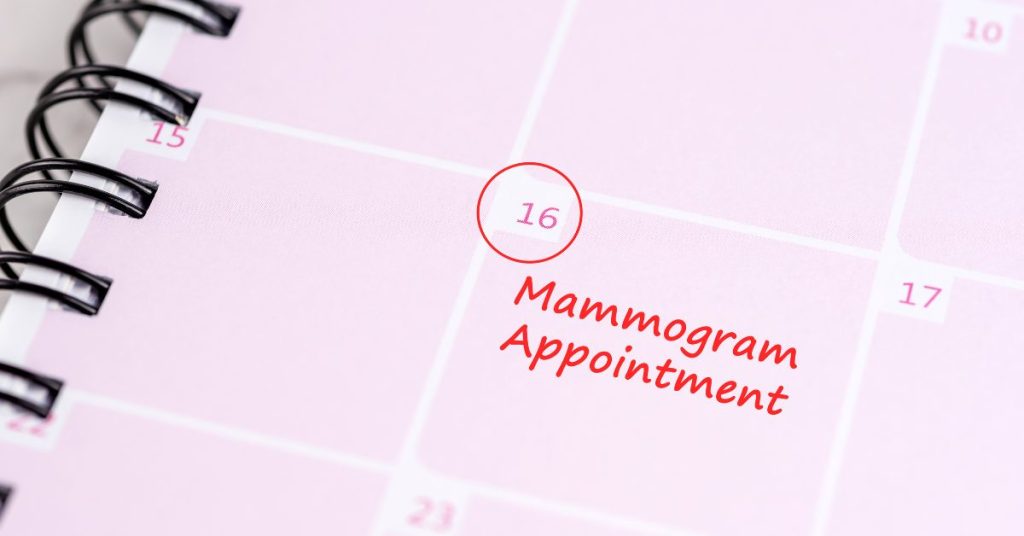Mammography is an essential tool for breast health, as it’s one of the most effective methods for early breast cancer screening. The American Cancer Society reports that breast cancer makes up 30% of all women’s cancer diagnoses, so regular screenings are vital.
Still, knowing where to go for those all-important screenings can be confusing. Is one place better than another, and if so, how can you tell? We understand that choosing where to have your mammogram is a challenging decision for many people. If you are unsure where to start your research when selecting a provider, this blog will provide some helpful tips.
1. Ask About Your Provider’s Credentials
Typically, a mammography technologist will take X-rays of different views of your breasts during your session. A radiologist then reviews the X-rays to look for unusual masses, arrangements of calcium deposits, and other changes in your breast tissue.
In California, all mammography technologists must pass the American Registry of Radiological Technicians in Mammography, ARRT(M), exam or qualify for and pass the state Mammographic Radiologic Technology exam. Beyond those qualifications, you should look for a provider with experienced mammography technologists on staff who will make you comfortable during the procedure.
The radiologist examining your X-rays should be board-certified with extensive experience in the field. When walking into your mammogram appointment, you should feel that you are in safe and competent hands.
2. Learn What Technology and Equipment They Use
Ensure your chosen provider uses the latest technology and up-to-date equipment for your mammogram or breast ultrasound procedure. Before your appointment, you can ask the staff about the specific equipment they use for breast imaging and how the results are analyzed.
A 3D mammogram is best for capturing multiple images in one pass and gives the radiologist a more comprehensive picture of your breast tissue. The availability of 3D mammography is especially important for people with dense breast tissue since 3D imaging offers radiologists a better, more complete view of breast tissue. A 3D mammogram may also save you time and money, sometimes decreasing the need to come back for further evaluation.
3. Assess the Facility
Although a mammogram is a straightforward procedure with minimal to no discomfort, it can create feelings of anxiety. You can reduce some of this anxiety by choosing an accredited facility that adheres to the highest standards of patient care and safety. A facility with an onsite radiologist and warm and caring support staff will enhance your patient experience and give you peace of mind. Read online reviews and patient testimonials about the facility to make sure you will be comfortable during the procedure and will receive expert care.
If you’re choosing a different facility than you’ve used in the past, make sure they have access to your previous mammogram images. Your new radiologist will want to compare your current X-rays with past images to see if your breast tissue has changed.
What To Expect After Your Mammogram
Discuss with your provider what happens next and how you’ll be informed about your results. If your radiologist notes any masses or abnormal tissue, you may need to return for an ultrasound, 3D mammogram, or other testing. For this reason, it’s often best to have your mammogram at a breast health center with a wide range of experts so you have all the resources you need.
According to the American Cancer Society’s guidelines for breast cancer screenings, women ages 40 to 44 should consider annual breast cancer screenings with mammograms based on their comfort level. Women who are 45 to 54 should get mammograms every year and women 55 and older can switch to mammograms ever 2 years or continue with yearly screenings.
Taking the Next Steps
When choosing a provider for a mammogram, it’s helpful to do some research. Talk to your primary care provider, and ask your friends and family about their experiences with local mammography centers. This insight can help you decide where you might be most comfortable.
An experienced and caring provider can make all the difference when screening for breast cancer or dealing with a breast cancer diagnosis. To learn how we support our patients at Bedford Breast Center, request a consultation or call us at (310) 278-8590 to schedule an appointment.

